So, you’re a young adventurer and you feel invincible. You’ve climbed a couple of peaks and don’t really think about what happens next. That’s at least what it was like for me back in the 80s.
Then a simple visit to my friend in Romania changed everything. He mentioned their highest peak – Moldoveanu and with me being the yes-man that I was back then, the next day we were packing for a hike. And yes, all that in the middle of the winter, young and dumb.
Anyway, we maybe got halfway on the ridge trail from Balea Lac to Moldoveanu and it’s there where the night caught us. It was just hours before we realized that we are in a serious situation – our single flimsy tents and light sleeping bags didn’t protect us from the cold.
The swishes of wind coming down from Moldoveanu were terrifying. Our tents were barely holding and we spent the night shivering afraid that we’d freeze to death before morning.
We didn’t make it to the summit, but we survived and returned the next morning happy to be alive with frost bites and blue fingers.
Moldoveanu would have to wait.
Table of Contents
Stay Safe – Tips for Sleeping in the Cold
My safety tips for sleeping outdoors in cold weather will show you how to make sure nothing of the sort happens to you.
As soon as I came back to Portland, I called my friend Bobsy, and aged camper and hiker back in the day, and he actually wrote down the things that I need to do if I am going on a hike that carries a risk of sleeping in the cold.
Tip 1: Warm sleeper is the dry sleeper
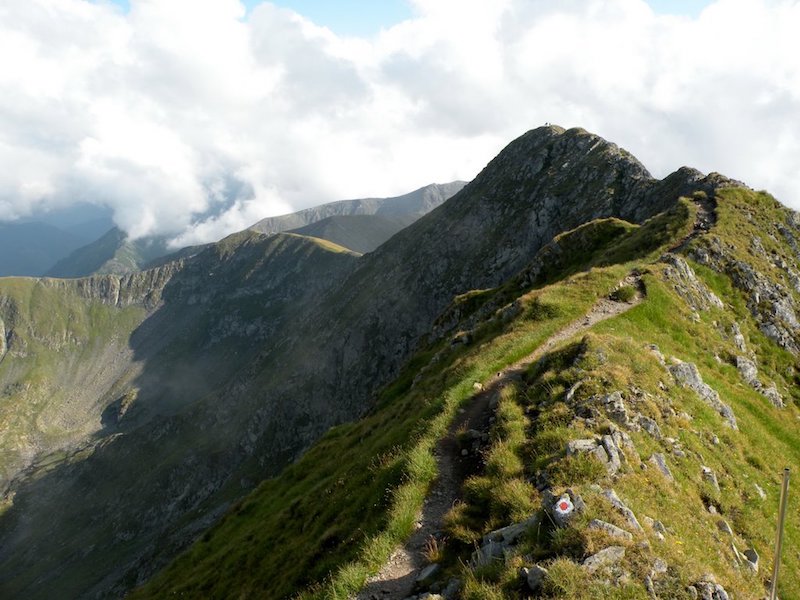
Make sure that you change your clothes completely before you go to “bed”.
Completely means just that, not just your socks, not just your t-shirt – COMPLETELY.
I know that you might be tired and sleepy but there’s no way around this. Your sweat will make you a human popsicle during the night. So, get rid of anything that might be damp and get into fresh clothes.
This, of course calls for an extra set of clothes in your backpack. You can leave the wet clothes to dry the next day.
Tip 2: Have a pot of something warm before you go to sleep
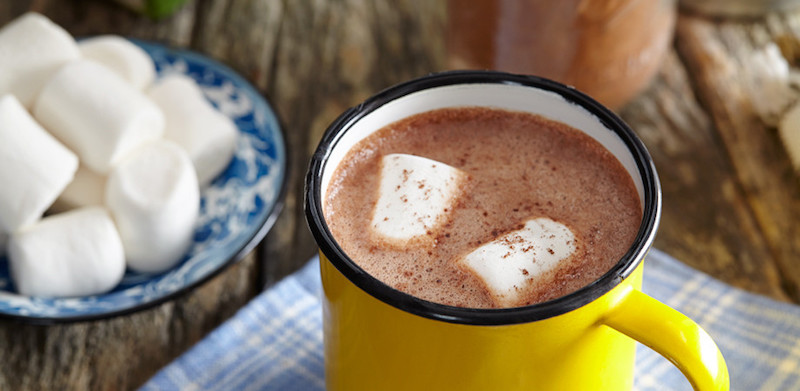
Bring tea or cocoa and a small gas cooker.
Have a pot before you go to bed. Not hot, but warm.
Hot liquid will make you sweat again, and that’s the last thing you want, trust me.
Tip 3: Nightcaps are a huge no-no
OK, I can almost feel your anger through the screen right now, because it seems like I’m taking all the fun out of it.
But if the situation is extreme and you are cold, alcohol will make you feel warm only for a few dozens of minutes but will be interfering with your body temperature regulation for the rest of the night.
Not the best news I know, but don’t kill the messenger (blogger), it’s just the way things are.
Tip 4: Get some good sleeping gear
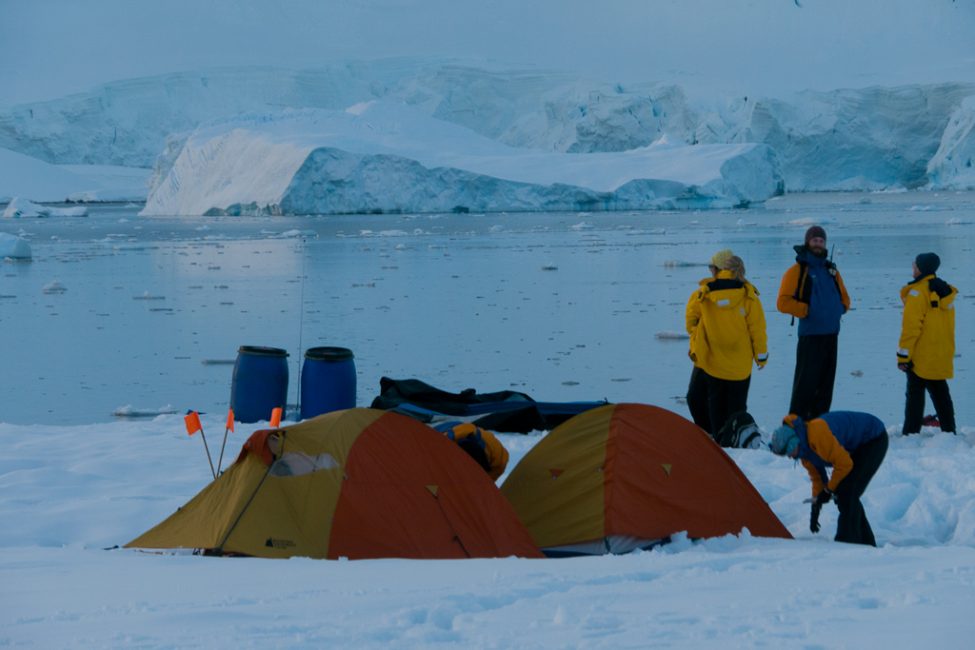
Don’t cut corners here, take my word on this one.
Instead of talking about choosing the right sleeping pad and sleeping bag, let me just describe how I “design” my sleeping area in the cold.
- The first thing on the ground is the foam pad, these are cheap are there’s no much room for mistakes here
- I put a sleeping pad on top of the foam pad, choose carefully here – go for durable materials and pads that have ridges on the sides, so that you are tucked in comfortably. Nowadays, these pads pack very small and you can fold them into a bottle sized bag. Go for quality and durability as much as your resources allow you.
- When choosing what to wear for the night, I use cotton for the inner layers and wool and synthetics for the outer layers. The former will keep you comfortable and the later will provide the needed insulation. Never go with cotton for the outer layers.
- This one is kind of obvious – check the potential night temperatures of your destination and choose a sleeping bag designed for the conditions (it’s always stated on the label)
- My head rest is a gel pillow wrapped in a t-shirt (to avoid slippage when two synthetic materials come into contact)
- I wrap my legs into a T-shirt. First of all, it keeps my feet warm and then I wake up to a warm t-shirt to start the day. Perfect.
Tip 5: Don’t fall asleep right away
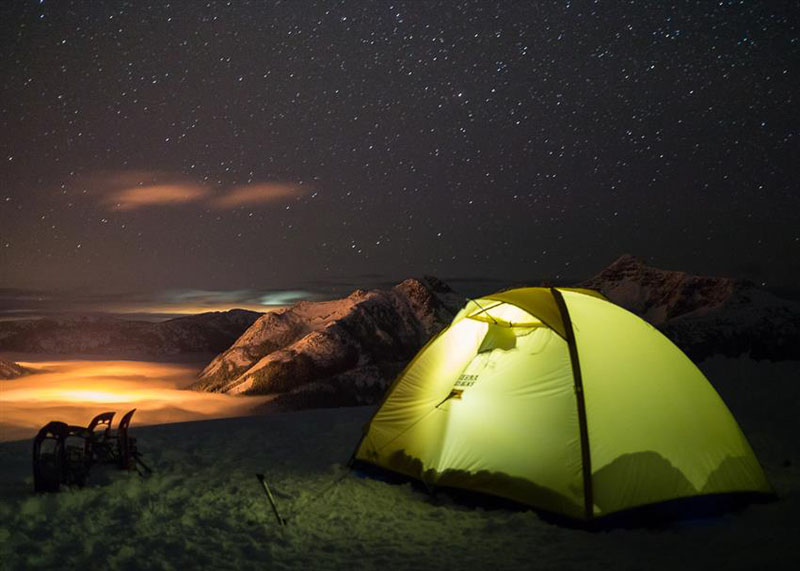
Before you dismiss me – allow me to explain.
As you move around, you blood circulates and your body temperature is higher. It takes about 10 minutes for the blood to settle when you lay down. It is only then that you will know for sure whether you are cold and need to add layers before you drift away or cold and need to shed some of the covers. That’s all there is to it.
And yes, in case you are wondering, I never got to conquer Moldoveanu. Maybe you’ll do it some day. Remember my story if you do.
Take care and sleep tight!
This post was originally written by James Menta. He no longer blogs, but the story is a great read and filled with useful tips, so we left it up on The Planet D.

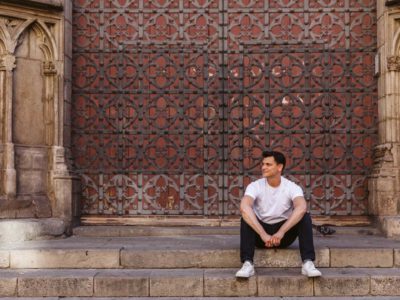
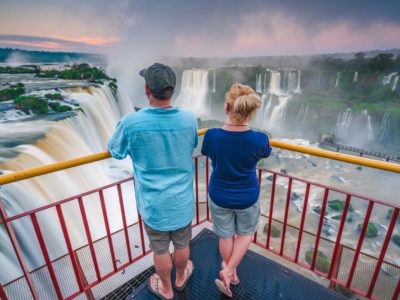
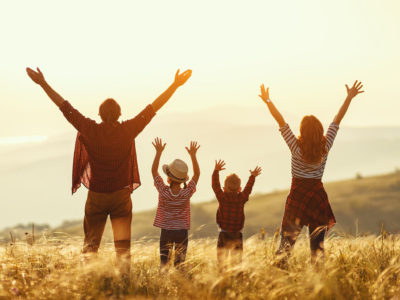
You are absolutely right. These tips can help in cold weather anywhere.
thanks for sharing the useful tips. It,s really useful.
Thank you for sharing practical information about keeping body warm in cold weathers. I think this information is useful for people trekking to Nepal Himalayas too.
You are right. These tips can help in cold weather anywhere
That must have been an extremely scary situation! Glad that nothing serious happened, albeit the frostbite isn’t ideal either. However, it’s great that you shared that story. Most people may not realize how dangerous higher altitudes really are, but this should hopefully enlighten many inexperience hikers. Your tips are very helpful!
Hi,
Thanks a lot for sharing tips with us. I’m from Nepal and i was thinking to go on Everest and this post is going to help me a lot for this.
thank you one again
Lovely and useful tips. thanks for sharing
Excellent tips out here and its really important to have something warm before going to sleep. Good tips to follow out in the wild.
I am trekking guide from Nepal. I guide tourists up to -15 degree. Sound sleep is really very necessary because we have to wake up early in the morning and start another trekking trip ahead. My suggestion would be to go to bed warm. Normally we here in Nepal do camp fire just before going to bed. This heats our body and as soon as we go inside sleeping bag, the heat remains there. I would also recommend a good insulating pad or anything else between you and the ground.
Great photos! The first looks crazily like the Andes!
Great post and photos. I love the outdoors, walking and camping, so this is a useful post. Interesting facts, especially about alcohol, never knew that.